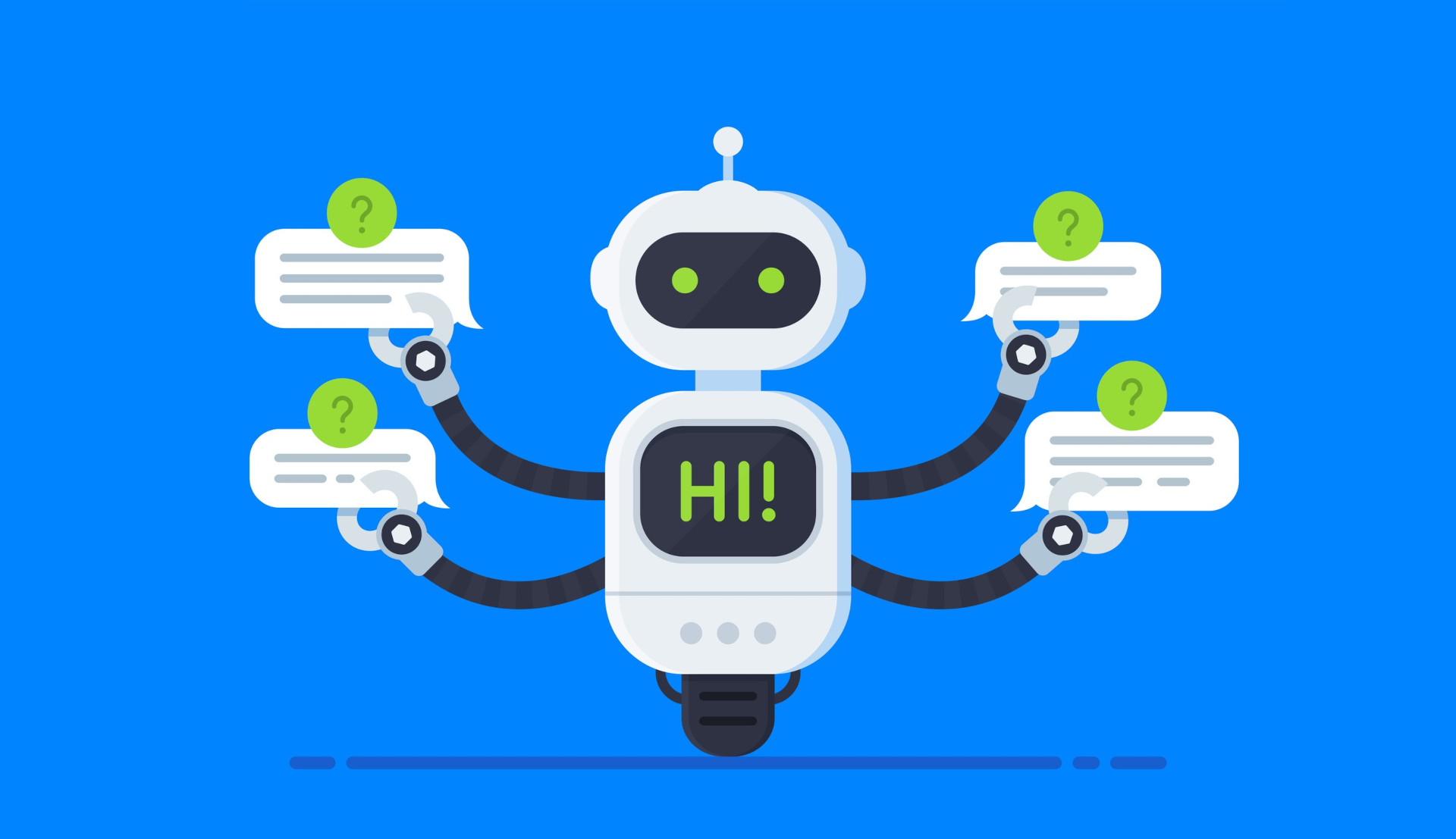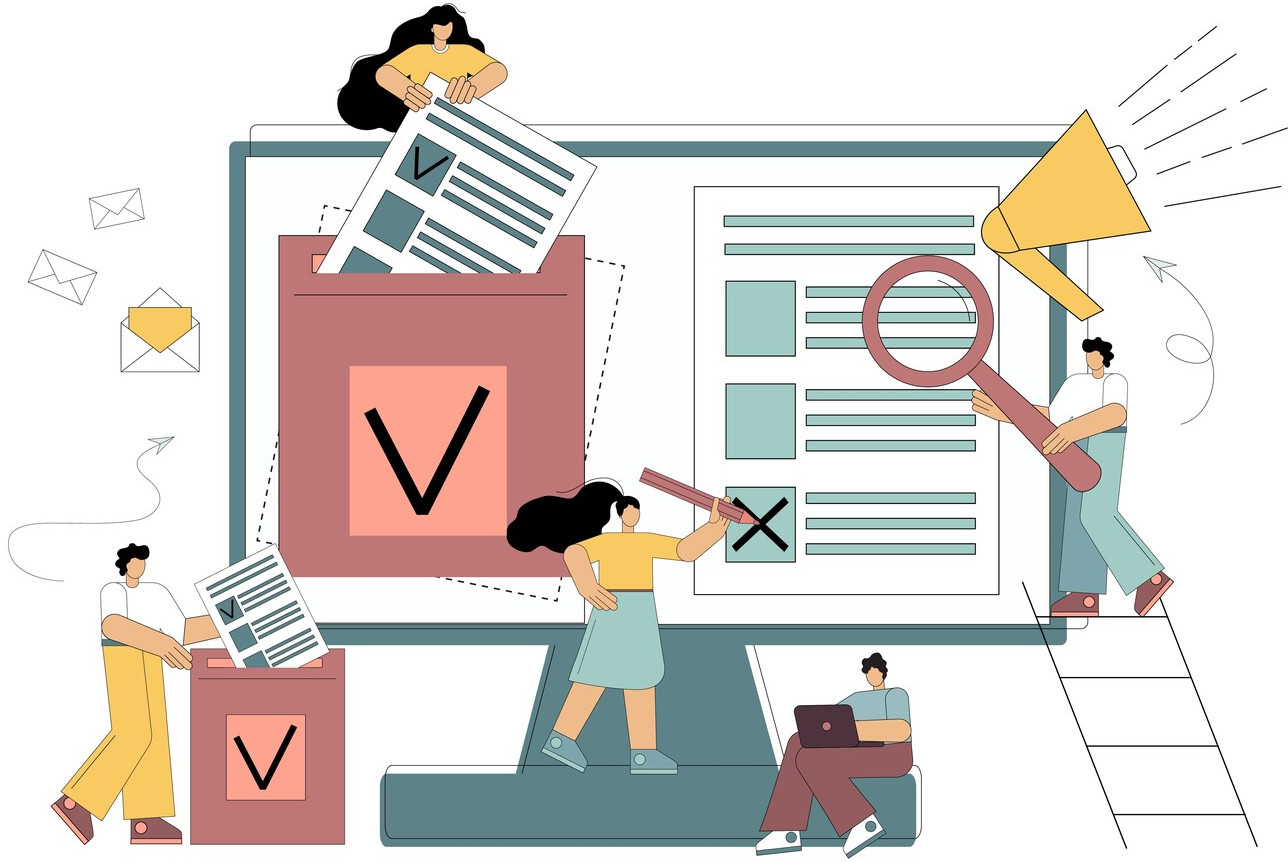The use of AI in customer service has grown rapidly, with businesses of all sizes embracing automation to streamline their support processes. AI-powered chatbots, virtual assistants, and automated response systems promise faster resolutions, 24/7 availability, and cost savings. For many companies, AI seems like the perfect solution to handle the increasing demand for quick and efficient customer interactions.
However, this growing reliance on AI is not without its pitfalls. While AI can handle routine inquiries and simple tasks, it often struggles when faced with more complex or unique situations. Without the ability to understand nuance, context, or emotions, AI-driven systems can leave customers feeling misunderstood and frustrated. The lack of human intervention becomes a major hurdle, especially when customers encounter issues that AI cannot resolve.
This overreliance on AI, without accessible human support, is more than just an inconvenience—it can damage your brand’s reputation and lead to lost business. As companies push to automate their customer service, the absence of a human touch can sabotage what should be one of the most critical aspects of customer care: personalized, empathetic, and effective problem-solving.
Why Businesses are Embracing Automated Support
AI has attracted businesses eager to modernize their service strategies. The appeal is undeniable: AI promises to advance the way companies interact with their customers, making support faster, more efficient, and more accessible than ever before.
For many businesses, AI offers a streamlined approach to customer support that aligns with their goals of efficiency, scalability, and cost-effectiveness. However, as attractive as these benefits are, the decision to rely heavily on AI comes with its own set of challenges, especially when it replaces rather than complements human support.
Cost Savings
One of the most compelling reasons businesses turn to AI is cost reduction. Automating customer service tasks allows companies to minimize the need for large support teams, reducing overhead expenses significantly.
AI-powered chatbots and automated response systems can handle a high volume of queries simultaneously, saving time and money that would otherwise be spent on human labor.
24/7 Availability
Unlike human agents, AI never sleeps. It provides round-the-clock support, allowing customers to get assistance anytime, day or night. This constant availability is particularly beneficial for businesses operating in global markets, where customers may need help outside of typical business hours.
By being available whenever customers need help, AI improves the overall customer experience and keeps businesses competitive.
Faster Response Times
Speed is important in customer service, and AI excels at delivering rapid responses. Automated systems can instantly address routine inquiries, such as checking order statuses, resetting passwords, or providing product information, without the need for human intervention.
This immediate service meets the growing consumer demand for quick answers and helps reduce wait times, enhancing customer satisfaction.
Common Issues with AI-Only Customer Service
While AI has brought significant advantages to customer service, its limitations can lead to frustrating and even damaging experiences for businesses and customers alike.
AI-only support systems often falter when faced with challenges that require human intuition, context, and problem-solving abilities. These shortcomings can result in misinterpretations of customer needs, failure to address complex issues, and a rigid, impersonal approach that leaves customers feeling unheard.
Misinterpreting Customer Needs
AI systems, despite their sophistication, often struggle to understand nuanced requests or the emotional tone of a conversation. They rely on predefined scripts and algorithms that can misinterpret the context or intent behind a customer’s message, leading to inappropriate or unhelpful responses.
For instance, a customer might reach out with a complaint, but an AI bot may offer a generic, tone-deaf response that only escalates the frustration.
Inability to Resolve Unique or Complex Issues
AI thrives on patterns and repetition, but it’s often stumped by anything outside the ordinary. When a customer’s issue falls outside the typical scenarios AI is programmed to handle, the system’s limitations become glaringly obvious.
For example, in the widely discussed case of the Joomla Facebook page suspension, AI-driven systems mistakenly flagged and disabled the page without providing any route to appeal through human review. This left the Joomla team stranded, unable to resolve what should have been a simple issue, and caused significant disruption to their community engagement.
Language and Cultural Barriers
AI’s language processing capabilities, while advanced, are not flawless. Misunderstandings often arise from language nuances, slang, regional dialects, or cultural references that AI isn’t equipped to handle.
These gaps can lead to awkward or incorrect responses, making customers feel alienated or misunderstood, particularly in diverse, global markets.
Lack of Empathy and Personal Connection
One of the most glaring downsides of AI-only support is the absence of empathy. AI lacks the human ability to connect on a personal level, which is crucial when dealing with sensitive issues, complaints, or emotionally charged situations.
Customers often seek understanding and reassurance, and when met with cold, impersonal responses, their frustration can escalate quickly.
No Human Oversight for Error Correction
Without human intervention, AI systems often operate unchecked, allowing errors to persist and even escalate. This lack of oversight means that even simple, correctable mistakes can snowball into larger problems, damaging the customer’s experience and the company’s reputation
Privacy and Security Concerns
AI systems rely on vast amounts of data to function effectively, but this data-driven approach can raise privacy concerns. If not properly managed, AI systems might mishandle sensitive customer information, leading to potential security breaches.
Customers need assurance that their data is safe, and a faceless AI might not inspire the same level of confidence as human interaction
Frustration of Automated Loops
One of the most infuriating aspects of AI-only support is the feeling of being trapped in an endless cycle of automated responses with no way to reach a real person. Customers often find themselves repeating information or navigating confusing menus, only to receive unhelpful or irrelevant answers.
This loop of frustration can lead to a complete breakdown of trust in the service, prompting customers to abandon their attempts to resolve their issue altogether.
AI’s Struggle with Contextual Understanding
AI systems frequently fail to grasp the broader context of an issue, often leading to repetitive or nonsensical responses.
For example, a customer seeking a solution might receive the same scripted response multiple times, with no indication that their query has been understood or escalated. This repetition can be infuriating for users and creates a perception of incompetence or neglect from the company.
Limited Problem-Solving Abilities
AI’s structured approach limits its ability to think creatively or adapt to unexpected situations. Unlike human agents who can draw on personal experience and judgement to navigate complex challenges, AI remains bound by its programming, unable to provide the nuanced solutions that many customers need. This limitation often results in unresolved issues, leaving customers feeling let down and prompting them to look elsewhere for support.
Cost of AI Failures in Customer Support
AI-driven customer service can bring efficiency and speed, but when it goes wrong, the fallout can be significant and damaging. Missteps in AI-only support not only affect immediate business operations but can also have long-lasting repercussions that are far more costly than anticipated.
- Wasted Time and Resources
When AI fails to address a customer's issue effectively, it often results in repeated attempts to resolve the problem, either by cycling through automated responses or escalating to human intervention belatedly. This back-and-forth wastes valuable time for both the business and the customer. Instead of streamlining operations, these errors force businesses to allocate additional resources to manage AI shortcomings, negating the original benefits of automation. - Lost Revenue from Customer Dissatisfaction
Poor customer experiences can directly affect a company’s bottom line. When customers are met with ineffective AI support that cannot resolve their issues, they are more likely to abandon their purchases, cancel subscriptions, or seek services from competitors. This loss of revenue is compounded by the fact that unhappy customers are far more likely to share their negative experiences, influencing others and potentially deterring future business. - Damaged Reputation and Brand Trust
One of the most severe consequences of AI missteps in customer service is the erosion of trust. A single instance of poor support can lead to negative reviews, public complaints, and a tarnished brand image.
Long-Term Consequences of Neglecting Human Oversight
Beyond immediate losses, the long-term impact of AI failures can be even more damaging. Repeated instances of poor customer service can lead to diminished customer loyalty, with long-term clients opting to leave for competitors who offer more reliable and responsive support.
This churn not only affects current sales but also disrupts potential future growth, as building and maintaining customer relationships becomes increasingly challenging.
Repairing a Damaged Reputation
When AI mistakes result in public backlash, businesses often need to invest heavily in reputation management and customer service recovery strategies. These costs include not just financial outlays for public relations and marketing efforts but also the intangible burden of rebuilding trust with a skeptical customer base.
The effort required to regain lost ground often far exceeds the initial savings gained from implementing AI-only systems.
Operational Disruptions and Internal Strain
AI errors don’t just affect customer-facing aspects of the business; they can also create internal chaos. Staff members may have to divert attention from their regular duties to manage the fallout from AI missteps, leading to operational inefficiencies and decreased employee morale. The strain of constantly addressing AI errors can create a negative work environment, impacting overall productivity and employee satisfaction.
Solution: Balancing AI with Human Support
As AI continues to play a significant role in customer service, the key to success lies in balancing automation with the human touch.
While AI offers efficiency and scalability, it cannot fully replace the value of human judgement, empathy, and problem-solving skills. To provide a well-rounded customer service experience, businesses must ensure that human intervention is readily available when AI reaches its limitations.
- Escalation of Complex Issues
AI may struggle to handle situations that involve intricate details, emotions, or unexpected scenarios. Human agents can step in to manage these cases, providing personalized solutions that AI simply cannot deliver. - Empathy and Understanding
Customers often seek support not just for answers but for reassurance and understanding. A human touch can make a significant difference in resolving complaints and restoring customer confidence, especially when emotions run high. - Correcting AI Errors
Human intervention is critical in identifying and correcting mistakes made by AI systems, ensuring that small errors do not escalate into bigger issues. Human oversight helps maintain quality control and keeps the AI system learning and improving.
Tips for Smart Integration of Human Support
- Establish Clear Escalation Paths
Ensure that there are defined protocols for when and how a human agent should take over from AI. This helps prevent customers from getting stuck in loops and ensures their concerns are addressed promptly. - Empower Human Agents with AI Insights
Use AI to gather data and insights that can help human agents work more efficiently. AI can handle the initial data collection and surface common issues, giving human agents the information they need to solve problems faster. - Keep Communication Channels Open
Offer multiple ways for customers to reach a human when needed, such as live chat, phone support, or email. Make sure that customers know these options are available if AI fails to meet their needs.
Best Practices for Combining AI and Human Customer Service
Creating a balanced customer service approach requires thoughtful planning and execution. Here are some strategies to ensure that human support complements AI rather than competes with it:
- AI as the First Line, Humans as the Back-Up
Use AI to handle initial inquiries and simple tasks, but ensure that humans are always available to take over when the situation calls for it. This approach maximizes the efficiency of AI while maintaining the reliability of human problem-solving. - Continuous Training for Human Agents
Regularly train your human agents to understand the strengths and weaknesses of the AI systems they work alongside. Equip them with the skills needed to handle escalated issues quickly and effectively. - Customer Feedback Loops
Incorporate customer feedback into your AI systems to help them improve over time. Use insights from human interactions to refine AI responses and better anticipate customer needs. - Clear Human Presence in AI Interactions
Make it clear to customers that they can request a human agent at any point during their interaction with AI. This transparency builds trust and reassures customers that they are not trapped in an automated system without support.
Rethinking AI in Customer Service
As AI continues to redefine customer service, it’s essential for businesses to recognize the potential risks of relying solely on automated systems. While AI offers undeniable benefits like cost savings, efficiency, and 24/7 availability, its limitations can lead to significant challenges, including misinterpreted customer needs, unresolved complex issues, and a lack of personalized support. These pitfalls can result in wasted time, lost revenue, and a damaged reputation that may take years to rebuild.
AI should not be viewed as a complete replacement for human support but rather as a tool that works best when combined with human oversight. By ensuring that customers have access to human agents, especially when AI falls short, businesses can provide a more reliable and satisfying service experience. This approach not only helps in resolving customer issues more effectively but also reinforces brand trust and loyalty.
A hybrid model of AI and human intervention will not only enhance customer service but also safeguard against the potential pitfalls of over-automation. By doing so, companies can ensure that their customer support remains both efficient and empathetic, providing the best of both worlds.




